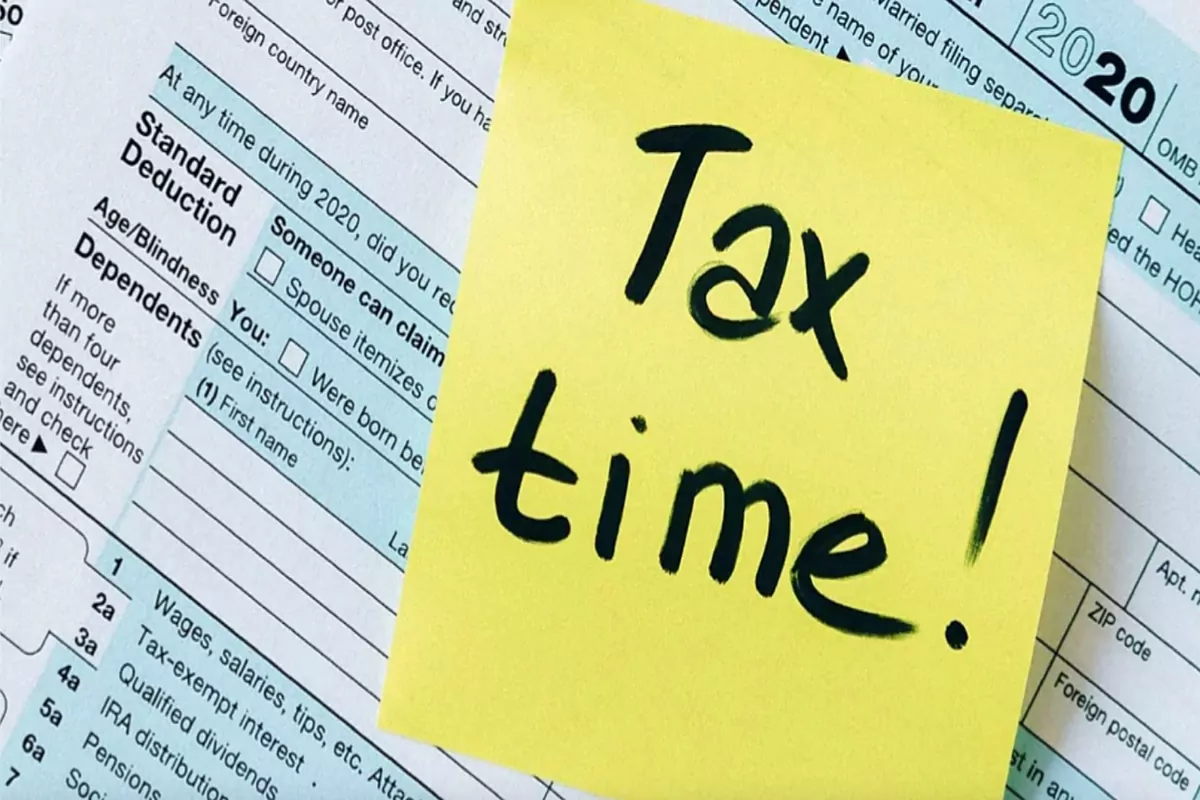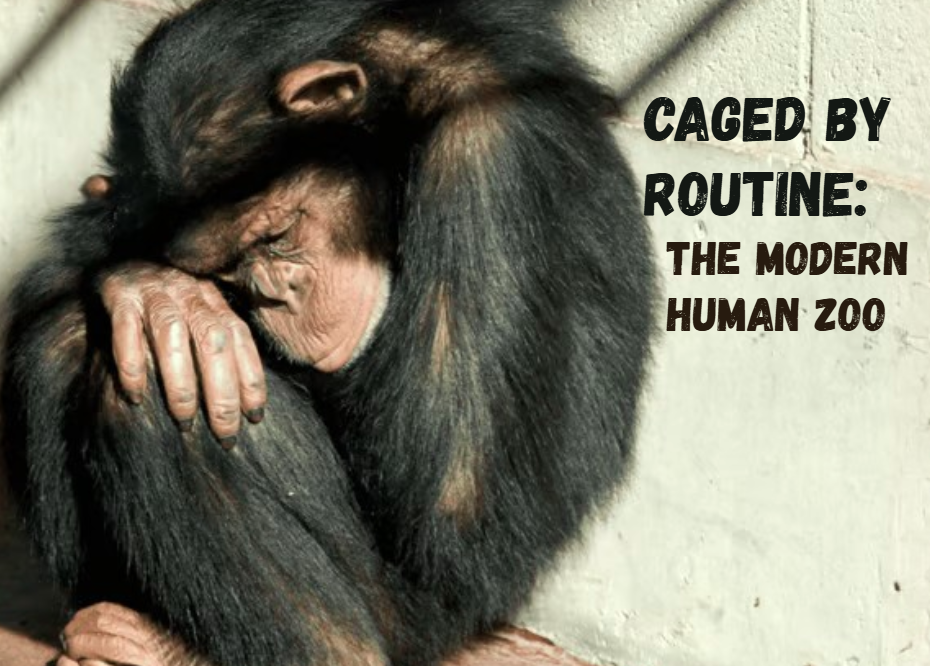Picture this: you break the code of conduct and are filed with a two semester-long punishment, expulsion. At home you normally play video games and Snapchat your friends. With this new punishment, you have even more time to indulge in your “hobbies” and discard your 86 missing math assignments.
Schools have used expulsions as a form of discipline for students who violate school policies or engage in unacceptable behavior since the 17th century. However, recent studies have shown that expulsions are not effective in changing students’ behavior or improving school safety. In fact, expulsions may do more harm than good by pushing students out of the school system and into potentially dangerous situations. Many students who are expelled tend to fall into drugs and alcohol, as well as a low academic spiral.
One of the biggest problems with expulsions is that many students view them as a vacation or a break rather than a punishment. Instead of being held accountable for their actions, students are simply removed from the school environment and sent home, where they are free to do as they please. Inadvertently, this sends the message that bad behavior has no real consequences and may even be rewarded with time off from school.
According to EducationWeek, expulsions often exacerbate the underlying issues that led to the behavior in the first place. Many students who are expelled come from disadvantaged backgrounds, where they may face issues such as poverty, trauma or lack of parental support. By removing these students from the school environment, school administrators are further isolating them from the resources and support they need to overcome these challenges.
According to Education Resources Information Center, 71% of students that are suspended in the tenth grade do not graduate from high school, while 94% of students who aren’t suspended graduate.
Young children who are expelled or suspended are also 10 times more likely to drop out of highschool, have poor grades or be arrested. The reason why, however, is simpler than most believe.
Some cases are often used disproportionately and push for expulsions against students of color, students with disabilities and students from low-income families. These systemic inequalities undermine efforts to create a more inclusive education system because of the continued marginalization and exclusion of historically disadvantaged groups, rather than providing them with the support and resources they need to succeed.
Instead of relying on expulsions, schools should focus on implementing restorative practices and providing students with the resources they need to address underlying issues. Restorative justice practices emphasize repairing harm and restoring relationships rather than punishing students with lengthy and ineffective punishments.
Restorative practices, such as peer mediation, mentoring, community service and restitution, provide an ethical and effective alternative to punishments like expulsions. By engaging students in a safe environment and involving them in the process of resolving conflicts, students can communicate effectively and students can learn how to communicate and effectively develop the skills they need to make better decisions in the future.
These practices emphasize accountability, empathy and responsibility, and can help students learn from their mistakes and become better members within the school and their community.
By engaging students in a safe environment and involving them in the process of resolving conflicts and repairing harm, administration, parents and students can communicate and effectively help students develop the skills they need to make better decisions in the future.
Schools should provide students with access to mental health services, counseling and other support services that can help them deal with trauma, stress and other underlying issues that may lead to problematic behavior. By addressing the root causes of behavior, we can create a safer and more supportive learning environment for all students.




















